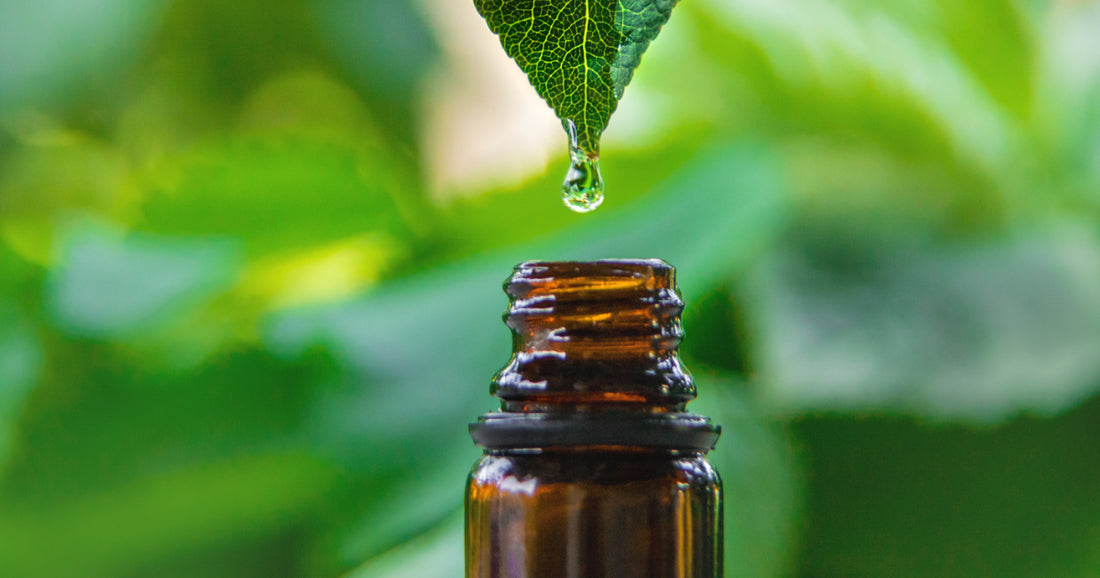
The Power of Guava Leaves: A Doctor's Perspective
Share
Guava leaves have been used for centuries in traditional medicine across various cultures and regions. As a medical doctor, I find it fascinating how these practices have recognized the benefits of guava leaves long before modern science caught up.
In Asia, particularly in countries like China and India, guava leaves have been a staple in traditional medicine. In Chinese medicine, they are used to treat digestive problems such as diarrhea and stomachaches. Guava leaf tea is often prescribed to calm the stomach and promote better digestion. The leaves are also believed to boost the immune system and help with respiratory issues like coughs and colds.
In India, guava leaves are an integral part of Ayurveda, a holistic healing system that dates back thousands of years. Ayurvedic practitioners use guava leaves to manage diabetes by controlling blood sugar levels. They are also used to heal wounds and treat infections due to their antibacterial properties. Chewing guava leaves or drinking their tea is a common remedy for oral health issues, such as gum disease and bad breath.
In Latin America, guava leaves have been used by indigenous people for their medicinal properties. In countries like Mexico and Brazil, guava leaves are used to treat various ailments. The leaves are brewed into a tea to reduce fever and relieve coughs. They are also applied topically to soothe skin conditions like rashes and insect bites.
In Africa, traditional healers use guava leaves to treat malaria and other infections. The leaves are known for their antimicrobial properties, which help fight off harmful bacteria and parasites. In some regions, guava leaf extracts are used to support wound healing and reduce inflammation.
These traditional uses of guava leaves across different cultures highlight their powerful medicinal properties. As a doctor, I appreciate how these age-old practices align with modern scientific findings, proving that nature often holds the key to health and healing.
